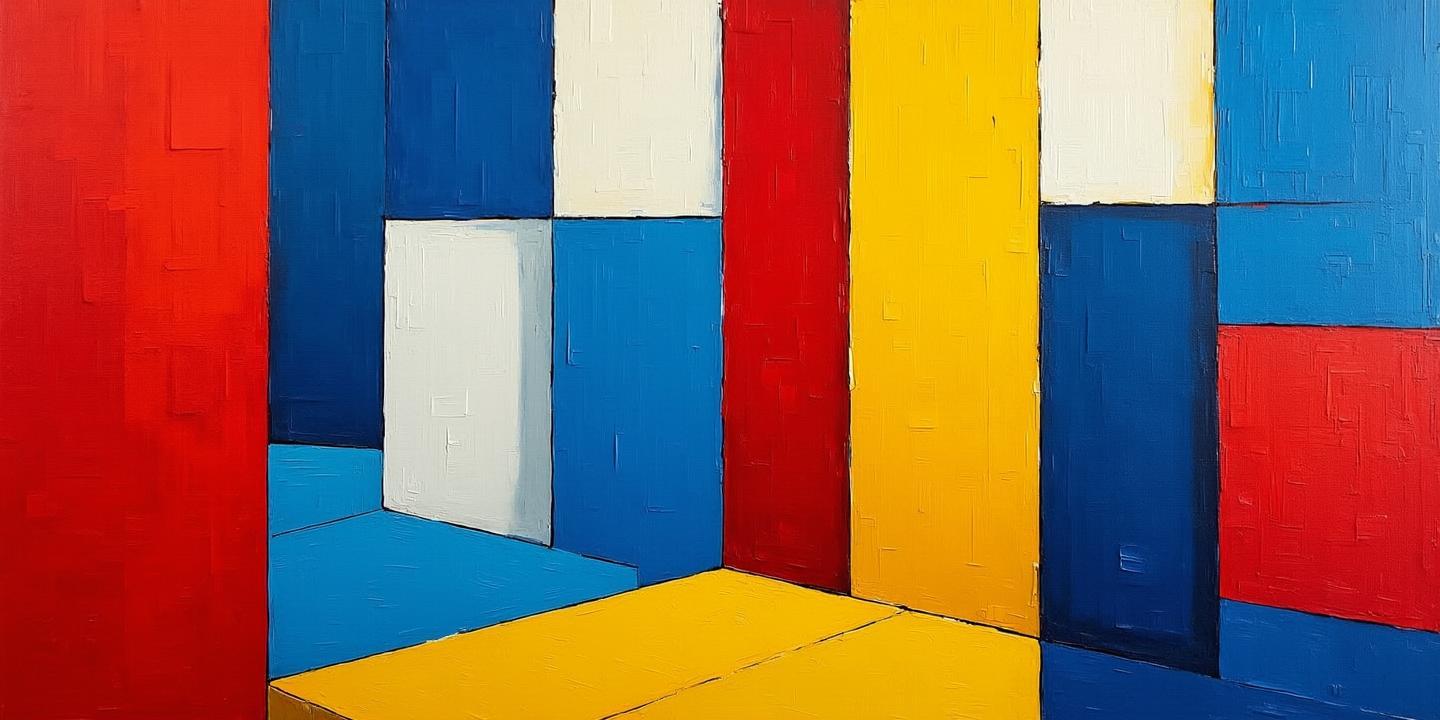发布时间2025-03-15 20:23

Are your kids struggling to stay engaged with math problems? What if we told you that adding a touch of facial hair could make learning math more fun? Beards have been a symbol of wisdom and creativity for centuries, and now they can also be a unique way to spark curiosity in young minds. In this article, we’ve crafted 10 beard-themed math problems that are not only educational but also entertaining. These problems are designed to help kids practice essential math skills while exploring the fascinating world of beards. Whether your child is a math whiz or just starting out, these problems will keep them hooked and eager to solve more. Let’s dive in!
Mr. Smith has a bushy beard with 150 hairs. Every morning, he loses 5 beard hairs while combing. How many beard hairs will he have left after a week?
This problem helps kids practice subtraction and multiplication in a fun, relatable context.
A beard grows at a rate of 0.5 millimeters per day. If a man starts with a clean-shaven face, how long will it take for his beard to grow 15 millimeters?
This question introduces kids to division and measurement, making math more tangible.
Jake trims his beard every 10 days. If he last trimmed his beard on January 1st, on what date will he trim it again in February?
This problem combines calendar math and addition, helping kids understand time intervals.
Sam’s beard is 8 centimeters long, while his brother’s beard is 12 centimeters long. How much longer is his brother’s beard?
This simple subtraction problem teaches kids to compare measurements.
A bottle of beard oil contains 100 milliliters. If Jake uses 5 milliliters every day, how many days will the bottle last?
This problem introduces division in a practical, everyday scenario.
A beard dye kit can cover 25 beard hairs per milliliter. If Mr. Brown has 500 beard hairs, how many milliliters of dye does he need to color his entire beard?
This problem helps kids practice division and understand ratios.
In a beard-growing competition, the longest beard grew 20 inches in 5 months. What was the average growth per month?
This question introduces the concept of averages, making math more relatable.
A barber charges $15 for a beard trim. If Jake visits the barber 4 times a month, how much does he spend on beard trims in a year?
This problem combines multiplication and real-world budgeting skills.
A beard style chart shows 6 different shapes. If each shape can be paired with 3 different patterns, how many unique beard styles are possible?
This problem introduces basic multiplication and the concept of combinations.
A charity collects beard hair to make wigs for cancer patients. If they receive 300 grams of beard hair and each wig requires 50 grams, how many wigs can they make?
This problem teaches division while incorporating a meaningful real-life application.
These 10 beard-themed math problems are more than just numbers on a page—they’re a gateway to making math engaging and relevant. By incorporating fun themes like beards, kids can see how math applies to the world around them. Whether it’s calculating beard growth or planning a beard trim schedule, these problems encourage critical thinking and problem-solving skills. So, grab a pencil, and let your child embark on this hairy math adventure!
猜你喜欢:副词什么意思
更多少儿英语